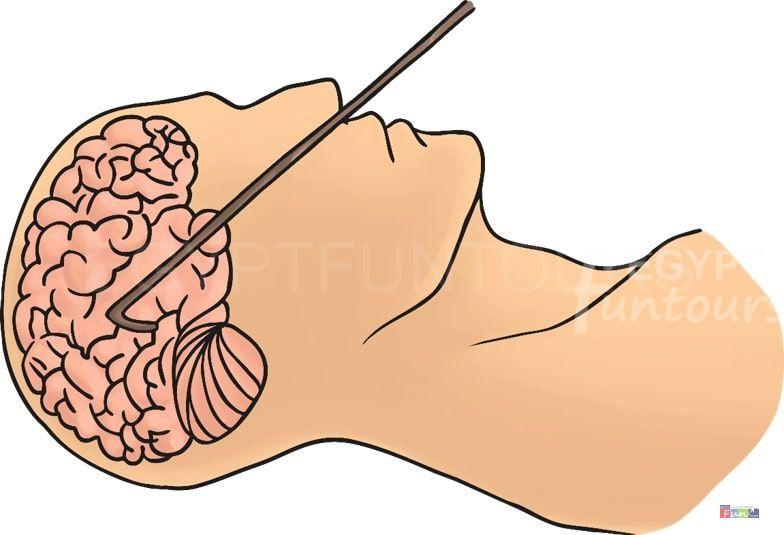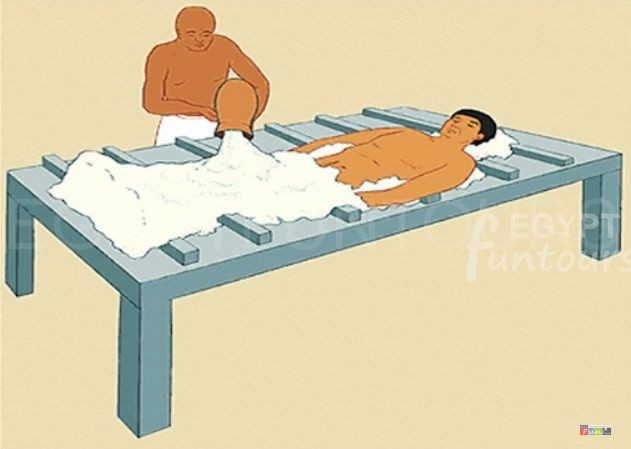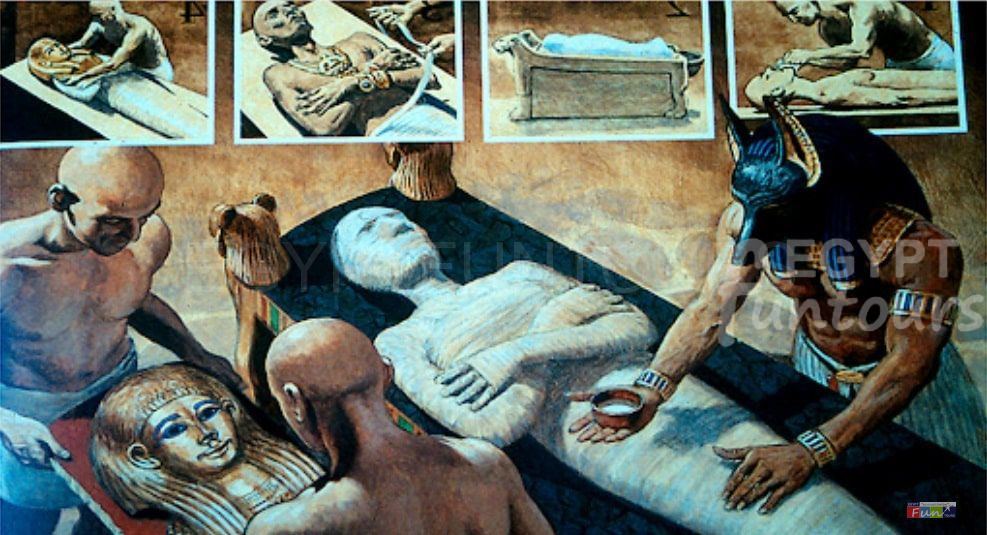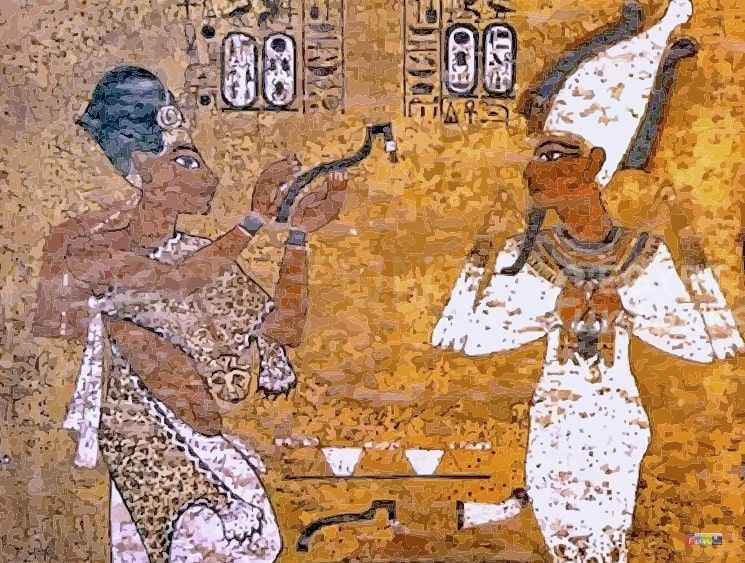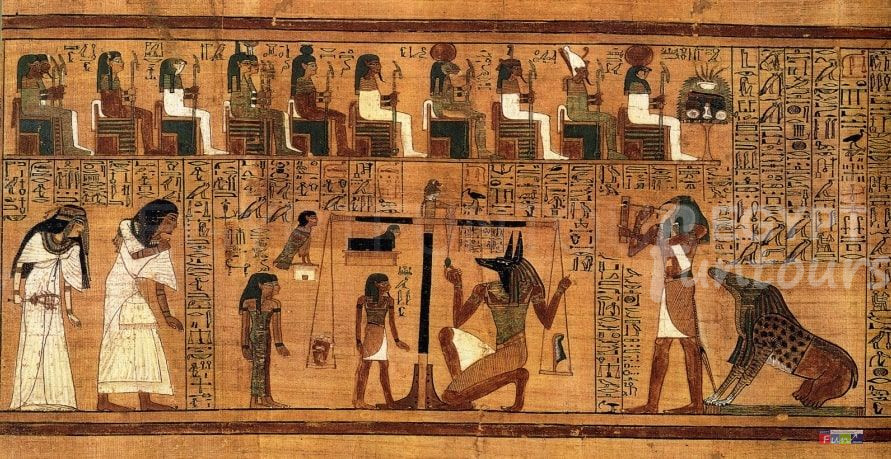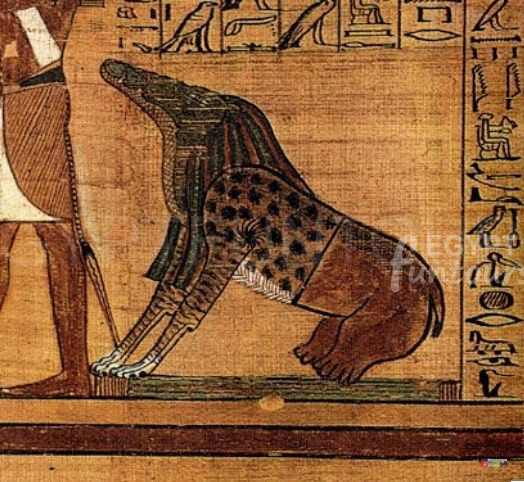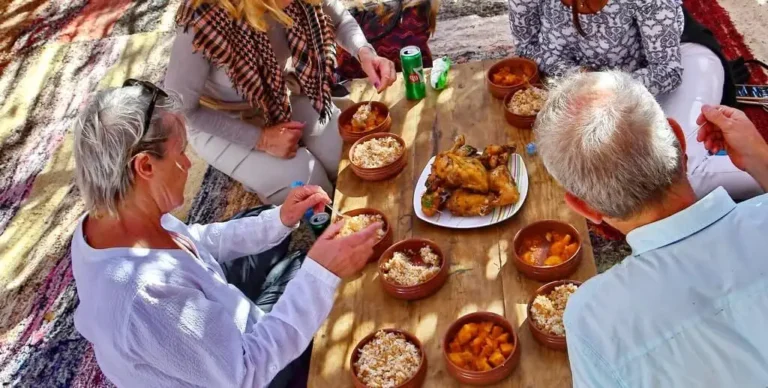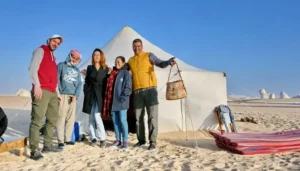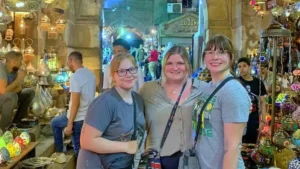What Exactly is a Mummy?
Ancient Egyptian mummification is the most famous embalming system in history. A mummy is someone or anything that has had its physical body preserved. Egyptian mummies are purposeful, meaning embalmers performed certain rites on human or animal remains to preserve the body. Some mummies are inadvertent, meaning natural circumstances preserved the body.


